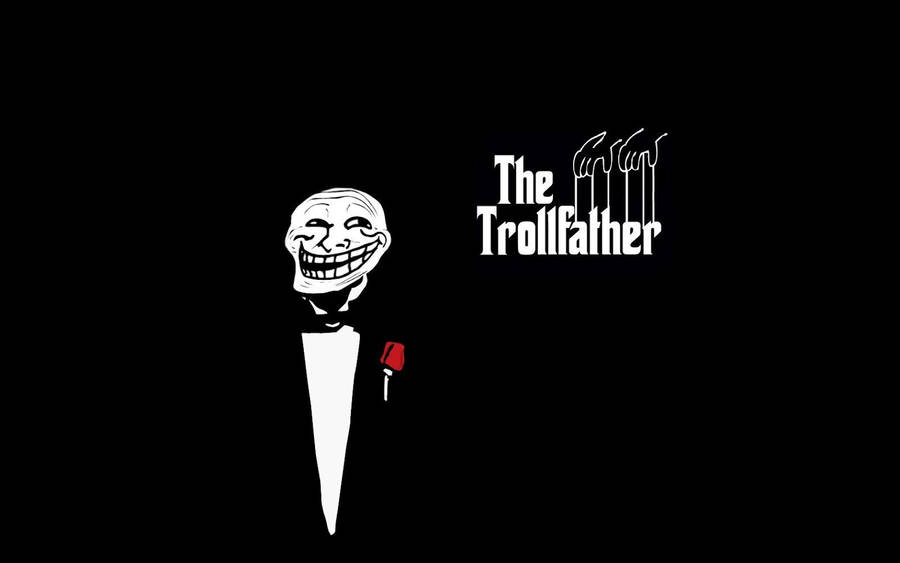Collaboration with students involves having multiple students work together to accomplish a task. Sometimes that looks like a group of kids smiling and laughing and videoing each other like I saw today, while sometimes it looks like a couple of kids arguing with one another about which way they should do something. Sometimes it works really well. Sometimes you have 3 kids working together and one student isn't collaborating like they should, so that is what you're combatting.
I get students to collaborate on projects, activities, and other assignments. I think that to do that you have to set expectations for what each student should be doing. Sometimes they have different tasks while sometimes they are strategizing together on how to complete the task at hand.
Some specific projects and activities I've done that have resulted in successful collaboration are many of the ones we've done at STEAM. My favorite last year was the BIG Social Studies project where I put together about 50% of my social studies standards into one big project at the end of the year to finish them out along with some ELA, Math and Science standards. Those kids got so into it. Even the kids who typically aren't interested got involved and were creative and the groups that struggled, we talked as a group and split up what each student should be in charge of, then they came together to share their final product.
I commit to having my students grade their group work this month to see if that helps improve our collaboration.




